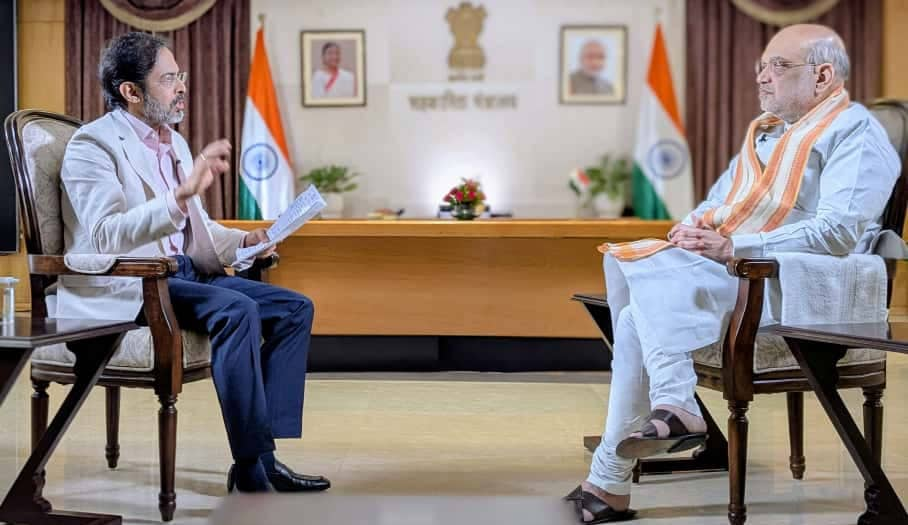Digital
Why OpenAI is hiring 100 ex-bankers: Inside the ChatGPT-maker's secret project to automate Wall Street's grunt work

Union Home Minister Amit Shah on Thursday described the latest round of Goods and Services Tax (GST) reforms as one of the most significant economic milestones in independent India, terming it a “multi-dimensional reform” of historic proportions. He said the sweeping tax cuts announced under GST 2.0 marked the first such large-scale change in 80 years and would provide relief across sectors while boosting public confidence in governance.
Speaking in an exclusive interview with Network18 Group Editor-in-Chief Rahul Joshi, Shah said the Centre’s decision to lower GST rates was guided by buoyant revenue collections and the need to make the tax regime more people-friendly. “Tax has never been lower in the last 80 years. GST reforms will benefit a lot of areas. It is a big step which has increased the confidence of people. If people pay tax and the tax base widens, then the government reduces tax to benefit people,” he said.
According to the Home Minister, GST rates on over 395 items have been cut, with daily-use essentials either exempted or taxed at just 5 percent. Shah highlighted that in addition to household goods, critical sectors such as health, agriculture, and employment have also benefited from tax rationalisation. “In some sectors, to boost exports, the GST was reduced. On sectors relating to health, employment, farming, GST was reduced. This kind of GST rate cut has never happened in the last 80 years,” he emphasised.
Cascading Benefits Across the Economy
Shah expressed confidence that the reforms would set off a positive chain reaction in the economy. “I have full faith that GST revenue will not be reduced. Investment will increase, consumption will get a boost, manufacturing will get a boost, exports will increase, prices will reduce. Multi-dimensional and every sector will benefit with the GST reforms. It is a very big reform,” he noted.
Political and Historical Context
Reflecting on the long and contested history of the indirect tax reform, Shah pointed out that GST had been debated since the time of former finance ministers P. Chidambaram and Pranab Mukherjee but had never been implemented due to lack of consensus with states. “Congress tries to say that GST was their idea, but if it was their idea why wasn’t it implemented? States opposed it because resources of states would be reduced. To compensate, states used to ask for a guarantee from the Centre, which Congress did not give. When Narendra Modi became Prime Minister, the guarantee was given. The Centre promised that states’ tax growth rate would be almost double, which was promised and fulfilled,” he explained.
He further underlined that GST marked a structural transformation by subsuming 16 types of levies — including excise duty, sales tax, octroi and entertainment tax — into a single unified framework. “Pan-India, the e-way bill was formed. Over 200 reforms have happened since GST was implemented to end the teething problems. India’s GST revenue increased from Rs 80,000 crore to Rs 2 lakh crore. It increased trust of people and businesses,” Shah said.
Earlier in the day, Shah also launched Network18’s coffee table book “Modi at 75”, which chronicles 75 defining moments from Prime Minister Narendra Modi’s political journey.
Calling GST 2.0 “the biggest economic change in independent India,” the Home Minister concluded that the reform would not only reduce the tax burden but also serve as a catalyst for investment, growth and long-term economic transformation.
From purpose-driven work and narrative-rich brand films to AI-enabled ideas and creator-led collaborations, the awards reflect the full spectrum of modern creativity.
Read MoreIn a wide-ranging interview with Storyboard18, Sorrell delivers his frankest assessment yet of how the deal will redefine creativity, media, and talent across markets.